PackingMyBags
TPF Noob!
- Joined
- Jul 20, 2008
- Messages
- 136
- Reaction score
- 1
- Location
- NorCal
- Can others edit my Photos
- Photos OK to edit
So ive been looking at getting into celestial photography. I want to be able to take shots of not only the moon, but planets in our solar system, and possibly some nebula.
My problem is that i really dont know what lenses to look for in this area. I dont want to spend a whole lot, so a couple $100 wouldnt be bad. I was looking on Amazon and found these mirror lenses:
[ame="http://www.amazon.com/Opteka-Telephoto-Mirror-Digital-Cameras/dp/B0022VFDRK/ref=sr_1_1?ie=UTF8&s=electronics&qid=1267637113&sr=8-1"]Amazon.com: Opteka 500mm f/6.3 Telephoto Mirror Lens for Canon EOS Digital SLR Cameras: Electronics[/ame]
[ame="http://www.amazon.com/Rokinon-1000mm-Mirror-Canon-Mount/dp/B001V97ISG/ref=sr_1_15?ie=UTF8&s=electronics&qid=1267637113&sr=8-15"]Amazon.com: Rokinon 500/1000mm F6.3 Mirror Lens for Canon EOS Mount: Electronics[/ame]
So are any of these a viable option, or do i need to look elsewhere? I want nice images, so if these are crap then ill just be on my way. What do you guys use, or recommend?
My problem is that i really dont know what lenses to look for in this area. I dont want to spend a whole lot, so a couple $100 wouldnt be bad. I was looking on Amazon and found these mirror lenses:
[ame="http://www.amazon.com/Opteka-Telephoto-Mirror-Digital-Cameras/dp/B0022VFDRK/ref=sr_1_1?ie=UTF8&s=electronics&qid=1267637113&sr=8-1"]Amazon.com: Opteka 500mm f/6.3 Telephoto Mirror Lens for Canon EOS Digital SLR Cameras: Electronics[/ame]
[ame="http://www.amazon.com/Rokinon-1000mm-Mirror-Canon-Mount/dp/B001V97ISG/ref=sr_1_15?ie=UTF8&s=electronics&qid=1267637113&sr=8-15"]Amazon.com: Rokinon 500/1000mm F6.3 Mirror Lens for Canon EOS Mount: Electronics[/ame]
So are any of these a viable option, or do i need to look elsewhere? I want nice images, so if these are crap then ill just be on my way. What do you guys use, or recommend?
Last edited:


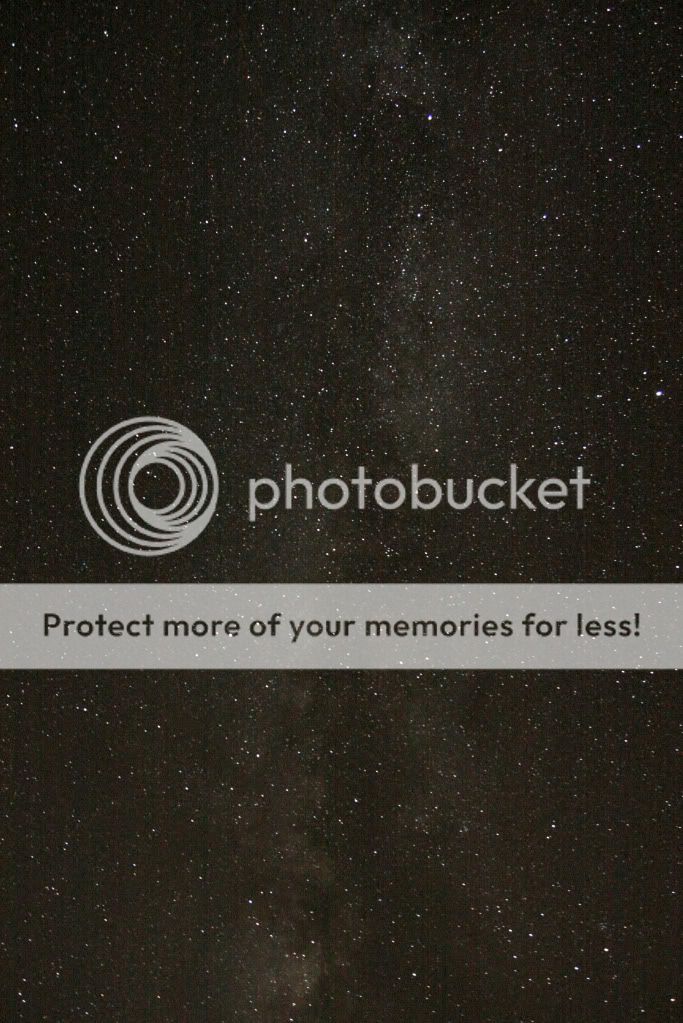
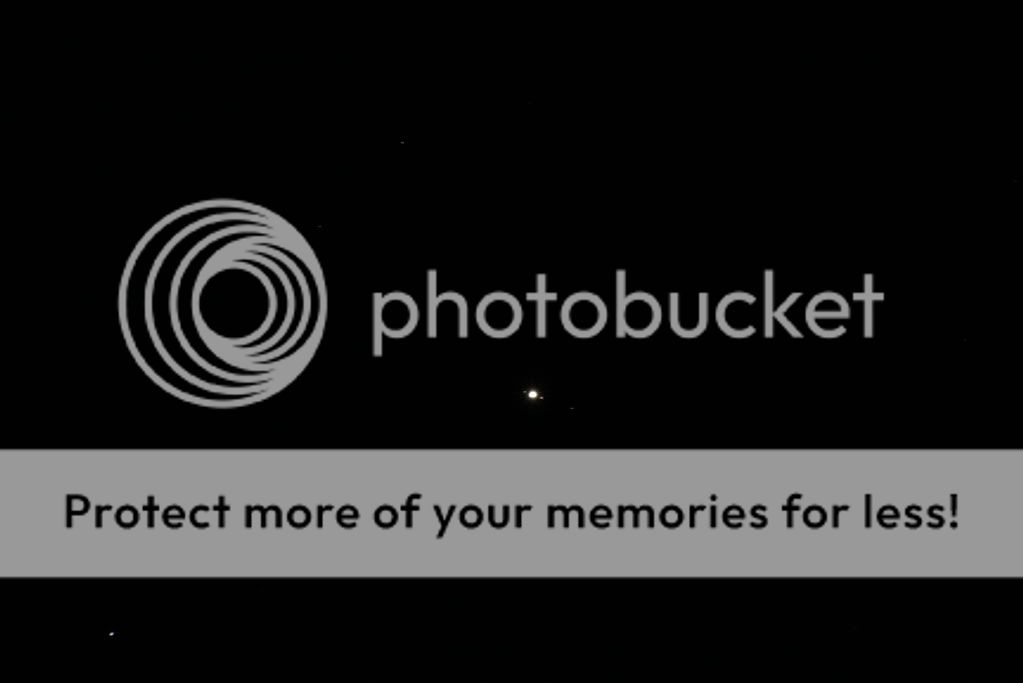
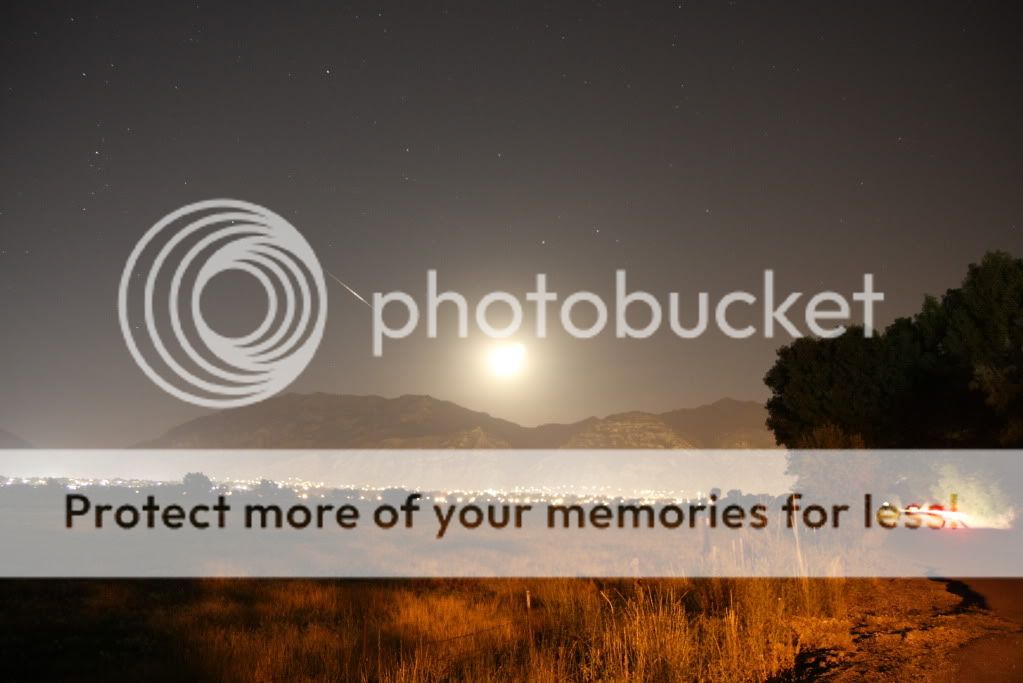
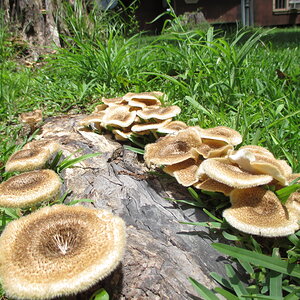
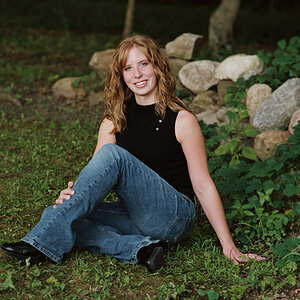
![[No title]](/data/xfmg/thumbnail/32/32157-d34c504b7ccf1335e959a8a2be6cfacc.jpg?1619735234)
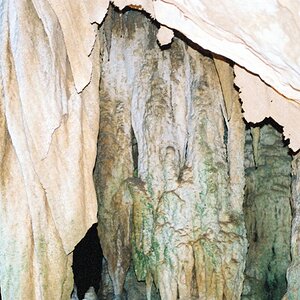
![[No title]](/data/xfmg/thumbnail/41/41756-e54235f9fba04c8380cd991845bb84b1.jpg?1619739881)
![[No title]](/data/xfmg/thumbnail/41/41758-1a91d93383c843959cb160b7ac7e762e.jpg?1619739883)


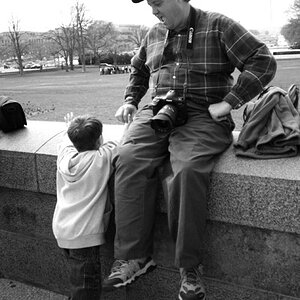

![[No title]](/data/xfmg/thumbnail/41/41755-a922f39cc29ff8f6e66a197508bf99f3.jpg?1619739881)
![[No title]](/data/xfmg/thumbnail/38/38444-6063bb59cb410c520a1ccccbe58db9c7.jpg?1619738614)